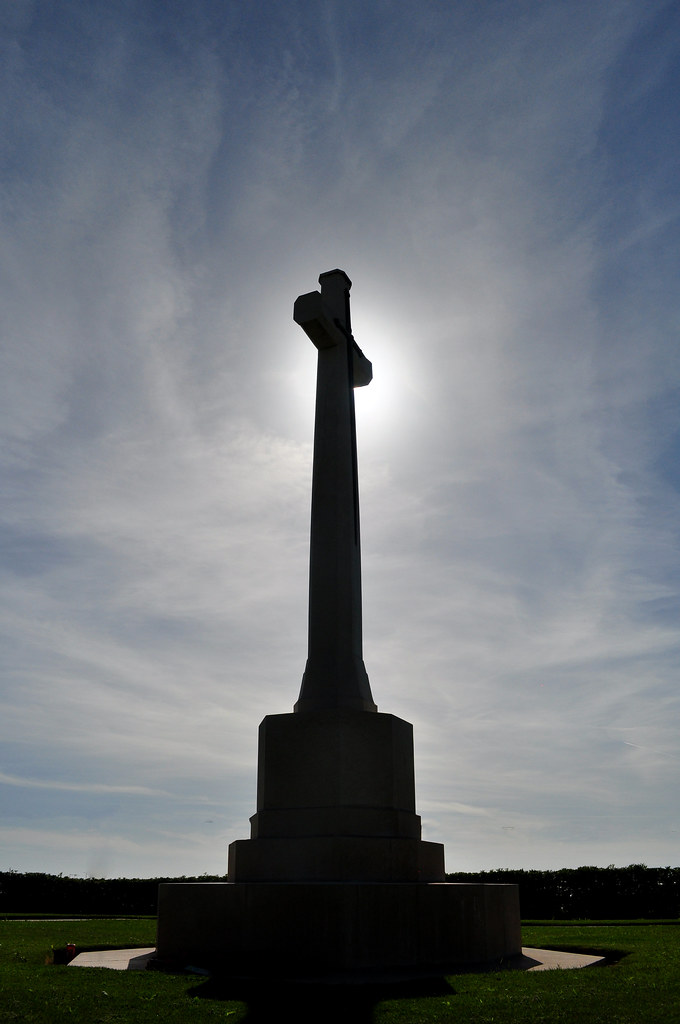When someone mentions Anzio, normally you’d think of Italy’s vast landscape and beautiful, lush beaches, right? Well back in 1944, it was a VERY different story. Beaches that once held fond memories and families on holiday, now bore craters and red stained sand. The streets sport flaming vehicles and debris densely throughout. Men lay everywhere, both living and deceased, waiting for the constant shelling to end. The Battle of Anzio was nowhere near the one-day haste of the D-Day invasion of France later that year. This was something that would never be forgotten.
The Second World War was a very substantial time in history, not only for technology, but for the men and women who served both on the frontlines and from home. The Battle of Anzio in 1944 was one of the big steps taken to ensure the main D-Day Invasion (6 June 1944) in France would go according to plan.Leading up to this specific invasion however, many things had to fall into place first. A good unit to focus on (that participated in most of the preparatory events) is the 45th Infantry Division. First, they landed in Sicily in July of 1943 to make their way up through Salerno in September of the same year. They finally made it up and into Anzio in February of 1944.
When Anzio was attacked, the German forces were actually very successful at holding the beachhead. So good, in fact, that the American forces, despite countless attempts, could not get any ground until the day of 5 June when they threw all of their numbers up and into the beachhead, finally driving the German forces backward enough to get tripped up and retreat.
To put into perspective how long the US was stuck on the beachhead, it took the same amount of time from arrival to the final push as it is between the initial lockdown in March 2020 until we returned to school in September. Pretty long time, right? Well, their time felt even longer because the entire time, the Germans were firing artillery onto and around the forces surrounding the beach.
If you don’t know what artillery is, it’s massive guns, almost like a rear-loading cannon (rear-loading means that the back opens and the round is shoved into the barrel, then it’s blown out the opposite end), that fire upwards into the air and are calculated by the person launching the projectile to land in a certain spot and explode on impact. If you’ve ever seen Band of Brothers, the episode of the Battle of the Bulge and the Ardennes is a great example of artillery.
Mortars are also used, which is essentially the same thing, but mobile and uses smaller projectiles. This one is front loading, which means the same hole the projectile goes in, it comes back out of.
Both of these weapons are used by all sides of the war as it’s not only effective, but easily maintainable, and work very well at holding off and even eliminating entire groups of people. The only difference is that artillery are massive, complex machines that cannot move very easily. Mortar launchers are basically a metal pipe with a tripod to angle where the actual mortar goes.
Around 370 artillery pieces (“pieces” are another way to say guns) were placed strategically around Anzio. Some of these pieces fired 20,000 rounds per day. Imagine 20,000 rounds per day, 7 days a week for 6 months. That’s a LOT of shells!
The point of all of this? Remember the ones who answered the call and fought for our country, without question. Unlike today, they were selfless and brave men and women who won the war. America was switched to war production so fast and so productively, that even typewriter companies and industrial plants switched to making weapons, equipment, uniforms, vehicles, and even planes.
It was a different time, to put it simply. Honor the ones who answered the call while they’re still here. In the next 20 years, the greatest generation will be no more: just names on monuments. Make them more than that. That’s not what they fought for.

